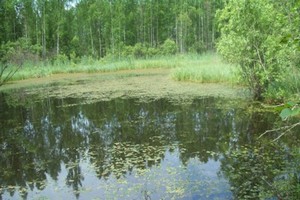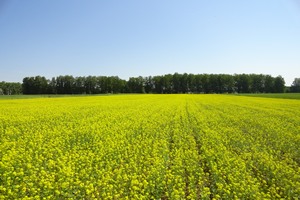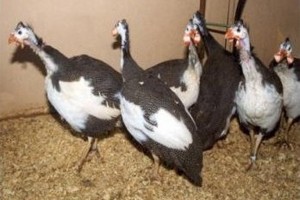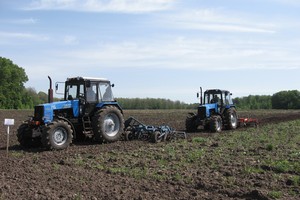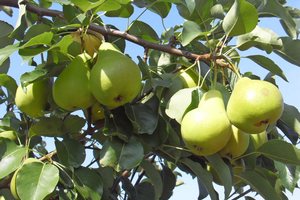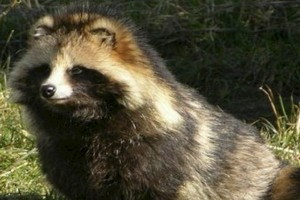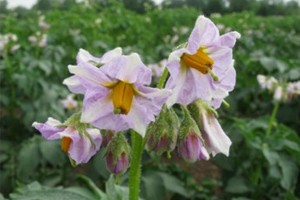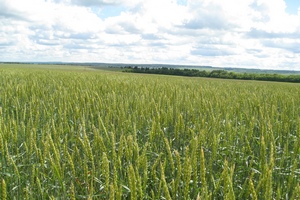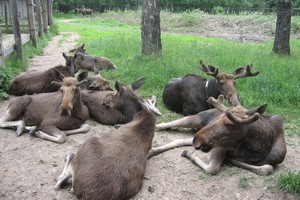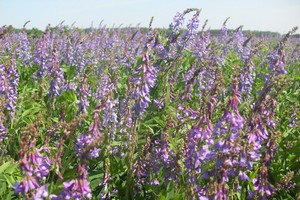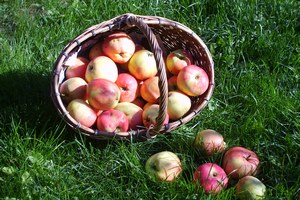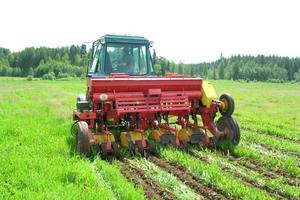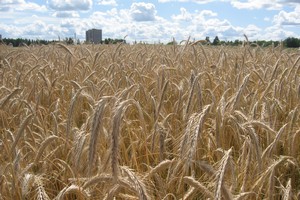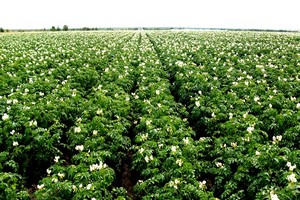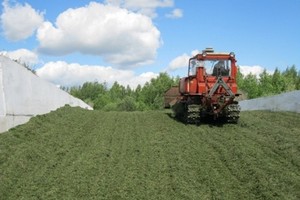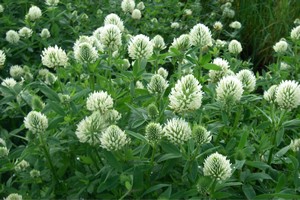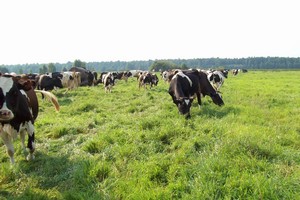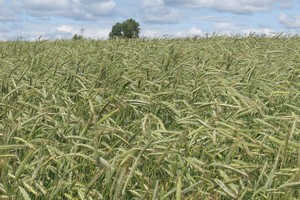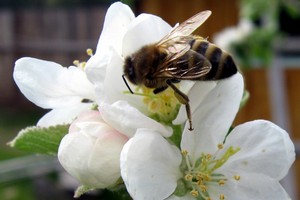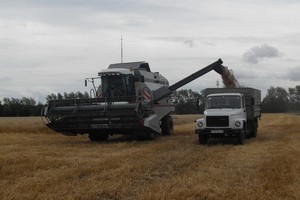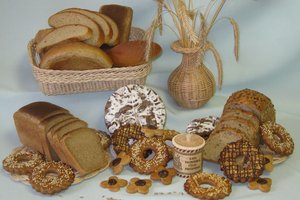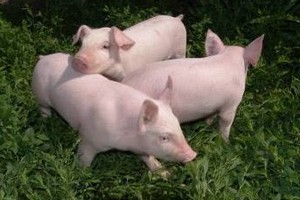Main directions of agricultural use adaptive intensification of drained lands in Humid area Russian
Pages: 25-32.
Kovalev N.G., academician of RAS, Professor, Director
All-Russian Institute of reclaimed land, Tver, Russia
E-mail: vniimz@list.ru
The main directions of adaptive intensification of agricultural use of reclaimed lands in the humid zone of Russia are: wide development of adaptive landscape reclamation farming systems in relation to different types of humid landscapes, taking into account the intensity and direction of flows of matter and energy and the adaptive responses of different types of crops to plant habitat conditions. Land improvement techniques are also used to regulate the water-air regime of topsoil, improved drainage, seeding at the optimum time. Of great importance is the development of innovative agricultural technologies in the production of agricultural crops cultivation. Their use provides, depending on the level of intensification receive per 1 ha of drained arable land 3.5-5.5 tons of grain, 5.3-8.0 tons of food units of forages, 30.0-35.0 tons of potato tubers. An important direction is the development of drained forage lands of multiple technologies for the creation and use of hayfields and pastures on the basis of new varieties of legumes and grasses, including of acid resistant. These varieties provide the production of high quality green and roughage 3.0-6.0 tons of food units/ha or more to the cost of the total energy in their production 10.0-19.0 GJ/ha. For the purpose of saturation drained soil with organic matter biotechnology is developed to obtain a new type of organic fertilizer with a high level of biogenesis, nutritional and environmental cleanliness - compost for multy-purposes (KMN). Using KMN will reduce energy consumption for the production and use of fertilizers with 22.5-27.0 to 8.0-9.5 GJ per 1 hectare of fertilized area compared to traditional a peat and manure compost. This dose KMN provides activation ammonifying, phosphate and cellulolytic soil microflora by 2.8 times. The microflora of the soil as a result of its activities provides the soil solution with nutrients necessary for plant, such as nitrogen, phosphorus and potassium.
Keywords: drained land, adaptive landscape and drainage systems of agriculture, agro-technology
